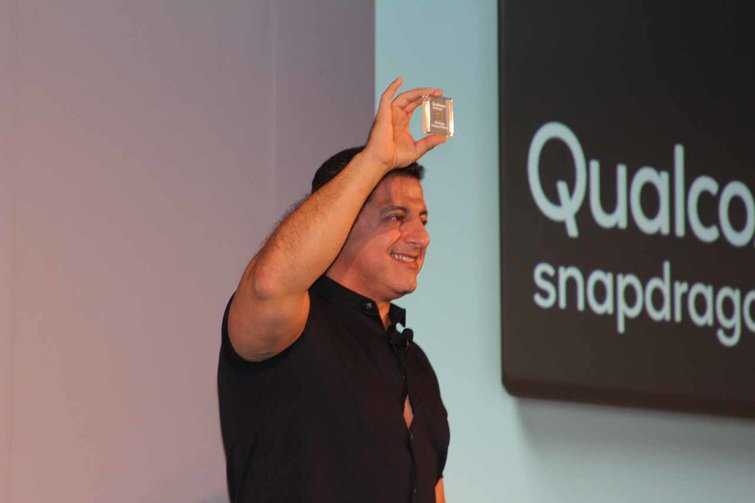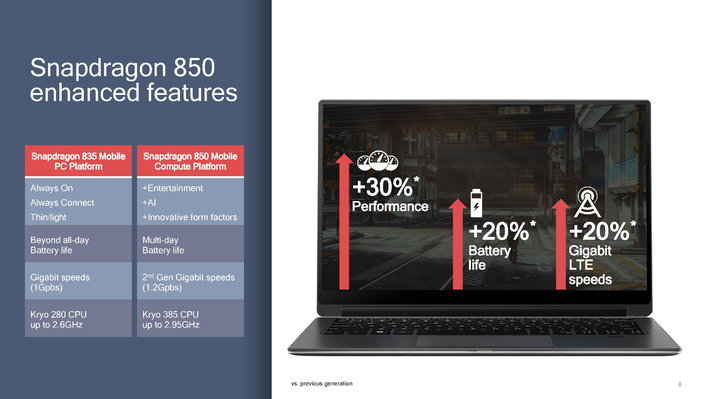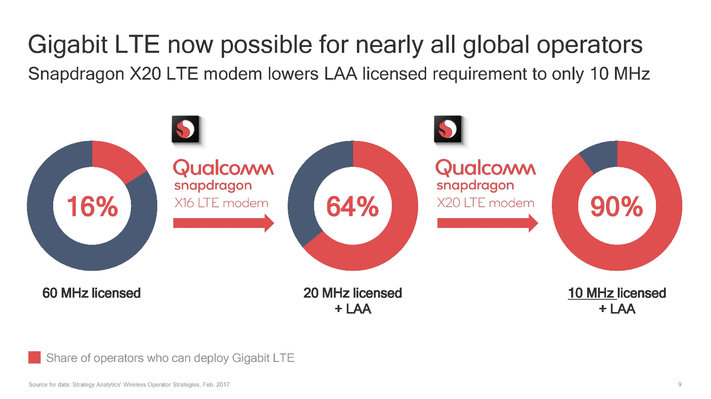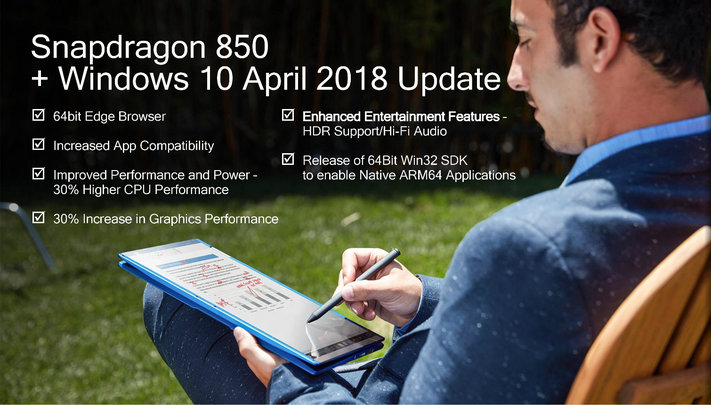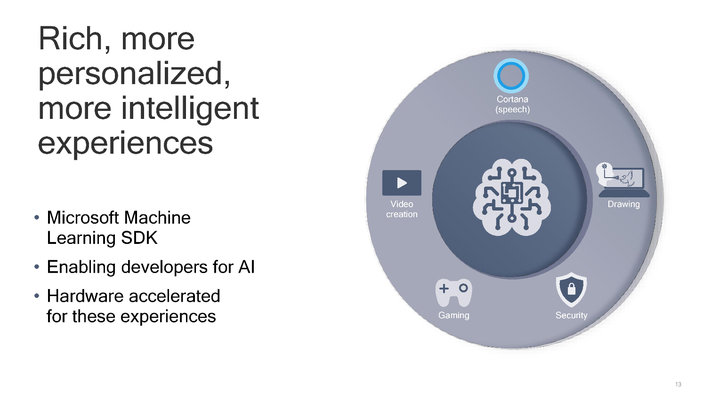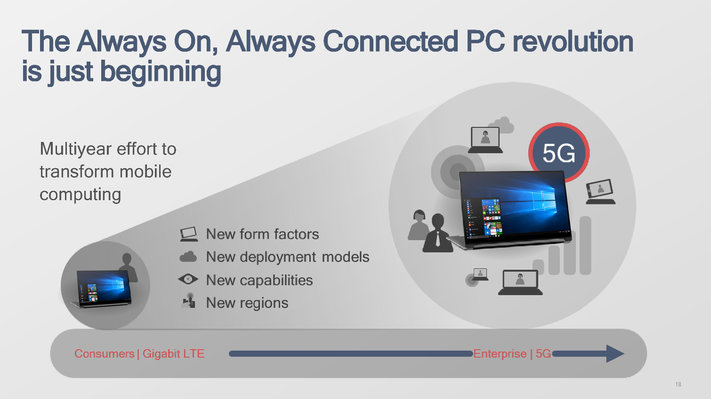Qualcomm's Snapdragon 850 Chip Gives Always-Connected PCs a Second Chance
They say that you never get a second chance to make a first impression, but Qualcomm's just-announced Snapdragon 850 processor could change the way you look at ARM-powered Windows machines. The new platform promises significant performance, battery life and connectivity gains over the Snapdragon 835 chips that live in the first generation of Qualcomm-powered PCs.
Released this spring to mixed reviews, the Asus NovaGo TP370QL and HP Envy x2 were the first devices to be part of Qualcomm's ACPC (Always Connected PC) initiative. Thanks to their low-power 835 chips and 4G modems, these 2-in-1s deliver long battery life and convenient connectivity no matter where you.
However, when we tested them, they felt sluggish and laggy, particularly when using standard WIN32 apps such as the Chrome browser (they worked much better with Windows Store apps). The problem is that Windows Store apps will run natively on ARM chips, but the chip needs to emulate an x86 processor in order to run everything else. With Snapdragon 850 both the emulation and native apps should be much quicker.
Snapdragon 850: More Performance, More Battery Life, More AI, More Systems
Qualcomm’s new Snapdragon 850 follows on from the Snapdragon 835 almost a year after. The Snapdragon 850 is built from the same silicon as the Snapdragon 845, and uses the benefits that the flagship mobile chip introduces for this generation.
This time around however, rather than calling it the Snapdragon 845, similar to the chip inside popular smartphone flagships such as the Samsung Galaxy S9/S9+, LG G7, HTC U12+, and OnePlus 6, Qualcomm is differentiating it by upping the number. The Snapdragon 850 uses the same silicon floor plan as the Snapdragon 845, but the frequencies and firmware are tweaked for extra performance.
Compared to the S845, the S850 has additional CPU frequency in play, with the Kryo Gold 385 cores having a 2.95 GHz turbo frequency rather than 2.80 GHz. The bigger differences occur comparing the S850 to the S835 platform.
Sign up to receive The Snapshot, a free special dispatch from Laptop Mag, in your inbox.
Aside from the microarchitectural updates (Kryo 280 to Kryo 385, Adreno 500 to Adreno 630), the Snapdragon X20 modem can now reach speeds of 1.2 Gbps, and Qualcomm is going to leverage the AI capabilities of their Hexagon DSP a lot more with the new platform. The new platform, according to Qualcomm, should afford an additional +30% performance, +20% battery life, and +20% wireless speeds.
While the the Snapdragon 835-powered laptops can already last all-day, Snapdragon 850 promises multi-day battery life. We'll have to see how that claim stands up to our tests.
The Snapdragon X20 LTE modem now supports licensed 10 MHz spectrum with LAA, which Qualcomm states should allow for Gigabit connectivity speeds in 90% of the worldwide LTE markets when combined with carrier aggregation technology.
The S850 also uses the upgraded audio and video codec features we saw in the S845. This includes support for H.264 and HEVC 4K encode and decode for video playback services, and support for extended 4K video capture from integrated cameras. On audio, Qualcomm is stating improved dynamic range and reduced harmonic distortion metrics on its audio codec, but no exact numbers were given. Both analog and digital audio output is supported with Qualcomm’s Aqstic and aptX technologies.
Updates to Windows on Snapdragon
With the latest Windows 10 April 2018 update, the Snapdragon based systems will be compatible with Windows machine libraries compiled for ARM based processors. At present, Cortana is accelerated using the Hexagon DSP, and other assistants are in the works to also be hardware accelerated. Microsoft Edge will also be re-optimized for the platform.
Qualcomm stated that they have been working further with Microsoft to bring RS4 to the next generation of ACPC devices, fixing a number of initial software compatibility issues that arose from the initial launch, allowing more programs to run as intended.
Qualcomm has implemented a 64-bit SDK for developers looking to optimize their code, with the general mantra being that it is better to focus on native 64-bit applications on ARM rather than emulate. 64-bit emulation is still a work in progress, however Qualcomm has noted that a fair amount of software is compiled in 64-bit mode even if the program cannot take advantage of it, so the company is hoping that the 64-bit SDK can alleviate some of those edge cases.
One poignant part of 2018 has been security, and Qualcomm is stating that most of the Spectre and Meltdown issues are patched with the new platform. With new Smelt-style attacks coming through the pipe, they cannot legally say ‘all’ of the issues, but there is a team of engineers in play, as with all vendors, for what will be whack-a-mole for the foreseeable future. Qualcomm states that users will be patched as new problems arise as soon as is possible.
Snapdragon 850 Always Connected PCs: New Partners, More Systems
The focus of S850-based ACPCs, according to Qualcomm, is going to shift from traditionally PC-based companies to more mobile-focused companies. HP, Lenovo, and ASUS are all expected to implement refreshes or new designs. However we were told to expect the traditional mobile companies to get onboard.
These companies are more used to a yearly cadence update cycle, which combines well with the research (as published by Intel and others) that new form factor users tend to update more frequently than traditional users. No particular companies were mentioned, but we could imagine phone vendors like Samsung, LG, Xiaomi, and Huawei might be some of them. Each company will perform their own announcements in due course.
Computex 2018
This announcement is during Computex 2018, and we might be seeing some devices using the new platform behind closed doors or on the show floor. Qualcomm and its partners still have to fight the early first/second generation adoption pains that come with a re-imagined device category, bit hopefully we will see a wider selection and a wider distribution this time around.
For those waiting for 5G, the smart money is likely to wait for the Computex 2019 announcements next year.
By Ian Cutress
